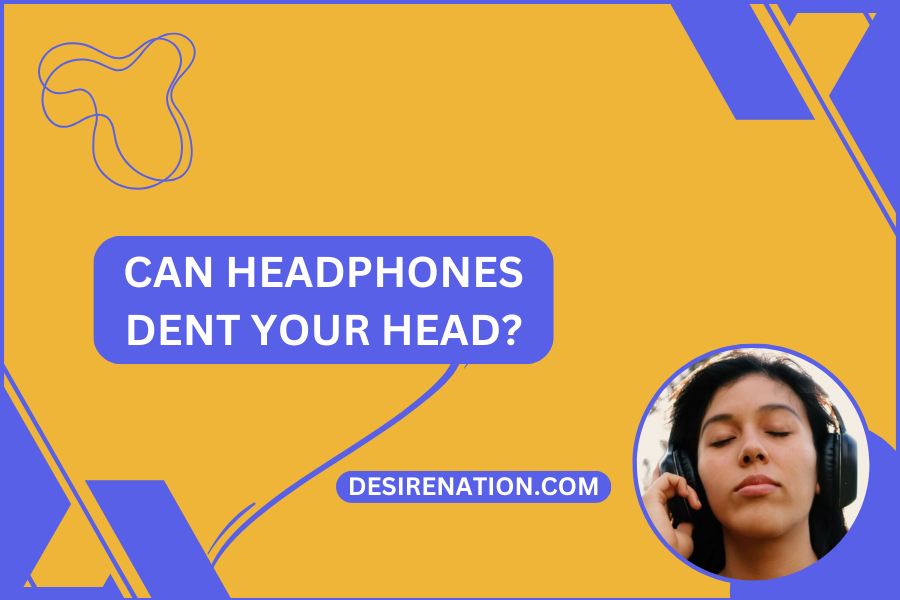As we immerse ourselves in the world of music or engage in work with our headphones on, occasional concerns may arise about the potential impact on our physical well-being. One common question that surfaces is whether headphones can cause dents on our heads. In this article, we’ll debunk the myths and explore the factors contributing to such concerns, providing clarity on the safety of using headphones.
1. Headphones Structure and Materials:
Headphones are typically designed with a padded headband that rests on the top of the head. This headband is often cushioned with foam or other soft materials to provide comfort during extended wear. The outer shell of the headphones is usually made of plastic or metal, designed to be lightweight and durable.
2. Headphones Pressure Distribution:
Modern headphones are engineered to distribute pressure evenly across the head. The headband is designed to provide a snug fit without exerting excessive force on any specific area. This careful engineering ensures that the pressure is spread across the head, minimizing discomfort during prolonged use.
3. Comfort Features:
Manufacturers prioritize user comfort in headphone design. Many headphones include adjustable headbands and swiveling ear cups, allowing users to customize the fit for their head shape and size. Additionally, memory foam or plush ear cushions contribute to a comfortable and ergonomic experience.
4. Myth of Headphone Dents:
The idea that headphones can cause dents on the head is largely a myth. The design and materials used in headphones are intended to prevent discomfort or injury. The pressure exerted by headphones is distributed across the head, and any temporary impressions on the skin are more likely to be from the soft padding rather than actual dents.
5. Concerns about Prolonged Use:
While headphones are generally safe for use, concerns can arise with prolonged and continuous use. Extended wear of tight-fitting headphones may lead to discomfort or soreness, but the likelihood of causing permanent dents or changes in head shape is minimal.
6. Adjustable Headband Usage:
Users are encouraged to adjust the headband to fit comfortably on their heads. A properly fitted headband helps distribute pressure evenly, minimizing the risk of discomfort or unnecessary pressure on specific areas. Taking breaks during extended use can also alleviate any potential discomfort.
7. Importance of Breaks:
Regular breaks during extended headphone use are recommended to prevent any discomfort or potential issues. Giving your ears and head a break allows blood circulation to return to normal and reduces the risk of temporary marks.
8. Individual Differences:
Individual factors such as head size, sensitivity, and personal comfort preferences can influence the headphone experience. Users are encouraged to choose headphones that provide a comfortable fit and adjust them as needed to accommodate individual variations.
Conclusion:
In conclusion, the notion that headphones can dent your head is largely unfounded. The design, structure, and materials used in modern headphones prioritize user comfort and safety. Temporary impressions from headphone padding are normal and should not be a cause for concern. By selecting headphones with adjustable features, taking breaks during extended use, and ensuring a proper fit, users can enjoy their audio experience without worrying about the unlikely possibility of causing dents on their heads.
You Might Also Like These:
Sennheiser rf wireless headphones
How to connect bluetooth to xbox one
How to connect heyday bluetooth headphones












